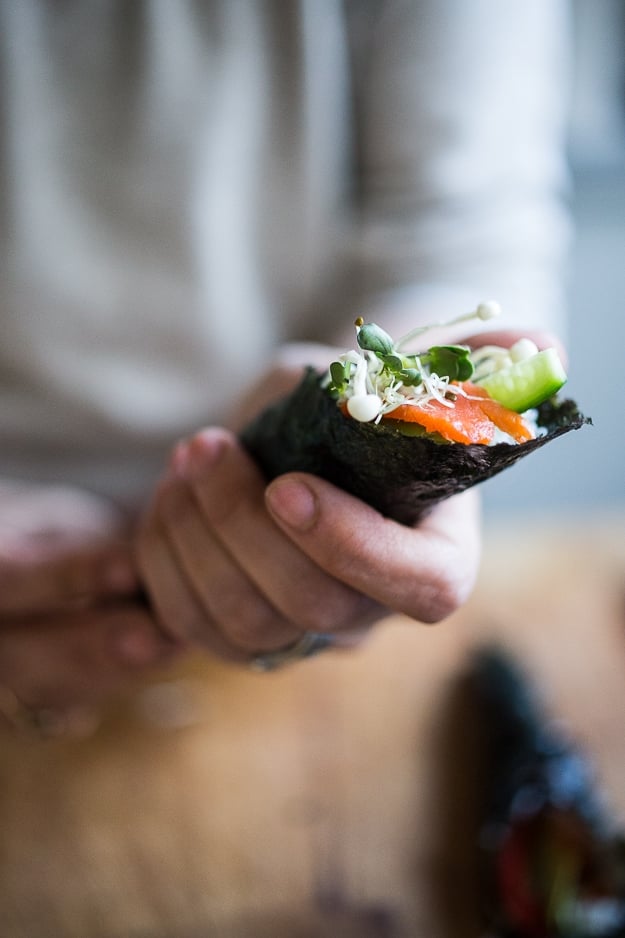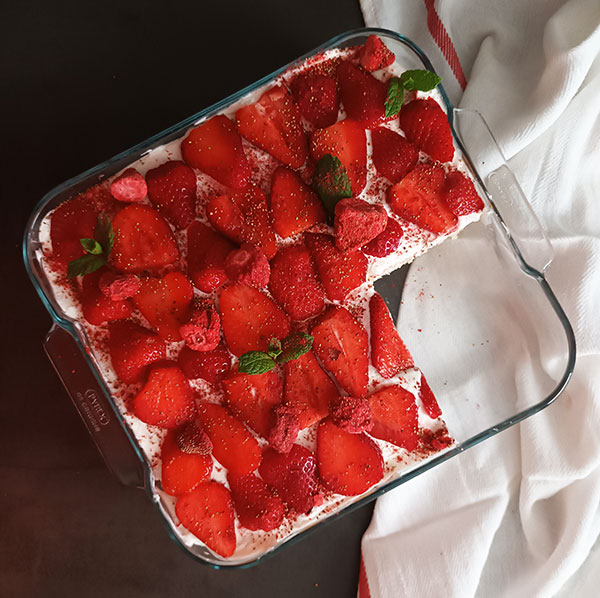Homemade Lox: A Step-by-Step Guide to Creating Delicious and Nutritious Cured Salmon
Lox, derived from the Yiddish word for salmon, refers to brined salmon fillets cured in a salt-sugar mixture. This delicate process results in a silky, flavorful fish commonly served on bagels with cream cheese, capers, and onions. The curing intensifies the salmon’s natural flavors, creating a unique experience compared to other forms of salmon. In culinary traditions, lox is a staple, especially in Jewish cuisine.
The Different Types of Lox
Lox isn’t limited to one variety. Different types offer unique textures and flavors.
- Nova Lox: Cured and then cold-smoked, resulting in a milder taste. This is widely available and often chosen for a more delicate flavor.
- Belly Lox: Saltier and fattier, taken from the salmon’s belly. It’s a traditional offering and appeals to those who enjoy richer taste.
- Scottish Lox: Uses a dry-brine method with brown sugar, making it slightly sweet and flavorful. It’s popular in Europe and gourmet circles.
- Gravlax: Cured with salt, sugar, and dill, and sometimes other spices. Originating from Nordic countries, it provides a distinctly aromatic profile.
These varieties emphasize the versatility and depth of lox, ensuring there’s a type to suit every palate. Understanding the nuances between them can help you select the right lox for any dish or customization.
The Benefits of Homemade Lox
Nutritional Aspects
Homemade lox offers impressive nutritional benefits. High in omega-3 fatty acids, it supports heart health and reduces inflammation. Rich in protein, it helps build and repair tissues. A 3-ounce serving of lox provides about 12 grams of protein, making it a substantial addition to your diet. It also contains essential vitamins such as B12 and D, which support neurological function and bone health respectively. Lower in sodium compared to store-bought versions, homemade lox allows better control over your salt intake, benefiting those with hypertension concerns.
Customization and Flavor Control
Customizing lox at home enhances the eating experience. You can choose high-quality salmon for superior texture and freshness. Flavor variety options, like adding traditional dill and lemon zest or experimenting with garlic and herbs, make each batch unique. Adjusting curing times and seasoning levels ensures your lox matches personal taste preferences precisely. Homemade lox provides a versatile ingredient for different dishes, such as bagels with cream cheese or gourmet appetizers, offering endless culinary possibilities.
Essential Ingredients for Making Lox
Quality of Salmon
The quality of salmon is crucial for homemade lox. Opt for high-quality, fresh salmon to ensure a superior texture and flavor. Wild-caught salmon provides a firmer texture and richer taste compared to farm-raised options. Check for vibrant color and firm flesh when selecting your fish. If you’re not using it immediately, consider freezing the salmon to kill potential parasites.
The Role of Salt and Other Seasonings
Salt plays a pivotal role in curing salmon, drawing out moisture and preserving the fish. Use kosher salt for even coverage and optimal results. Other seasonings, like sugar, dill, and peppercorns, can enhance flavor. Use fresh dill to impart herbal notes and sugar to balance the salinity. Peppercorns add a subtle spice, complementing the natural richness of the salmon. Adjust the quantities of these ingredients based on your taste preference.
Step-by-Step Guide to Making Homemade Lox
Preparing the Salmon
Select high-quality, fresh salmon fillets. Opt for wild-caught varieties like King or Sockeye salmon for better flavor and texture. Ensure the fillets are skin-on, as it helps retain moisture during curing.
Check for pin bones in the fillets and remove them with tweezers. Rinse the salmon under cold water and pat it dry with paper towels. Place the fillets on a clean surface, ready for the next stage.
Curing Process
Combine salt, sugar, and other seasonings. A standard ratio is 2 parts salt to 1 part sugar. Add dill, peppercorns, or other herbs for additional flavor.
Spread a layer of the curing mixture on a large tray. Place the salmon fillets skin-side down on the mixture. Spread another layer of the curing mixture over the salmon, ensuring it’s fully covered.
Wrap the salmon tightly in plastic wrap to hold the curing mixture in place. Place the wrapped salmon in a dish and add weight on top, such as a heavy plate, to help press the cure into the flesh. Refrigerate for 24-48 hours, depending on the desired flavor intensity.
Final Preparation and Storage
After curing, remove the salmon from the refrigerator. Unwrap it and rinse off the excess curing mixture under cold water. Pat the salmon dry with paper towels.
Slice the cured salmon thinly with a sharp knife. Begin near the tail, cutting at a slight angle for the traditional lox texture. Store the slices in an airtight container.
Refrigerate the homemade lox, which keeps for up to a week. For longer storage, freeze it in vacuum-sealed bags for up to two months.
Tips for Perfecting Your Homemade Lox
Choosing the Right Curing Ingredients
Select high-quality, fresh salmon fillets. Opt for wild-caught varieties, like King or Sockeye, which offer a richer flavor. Use kosher salt for curing, as it extracts moisture without overwhelming the fish with saltiness. Add granulated sugar to balance the salt and enhance the salmon’s natural sweetness. Incorporate fresh dill for an aromatic touch, and use cracked peppercorns to introduce subtle spice notes. These ingredients combine to create a lox with depth and complexity.
Timing and Temperature Control
Cure your salmon for 24 to 48 hours to achieve the optimal texture. A shorter curing time results in a milder flavor, while a longer one intensifies it. Ensure your refrigerator stays at a consistent 35-40°F (1.6-4.4°C) to prevent bacterial growth and achieve even curing. Use a digital thermometer to monitor the fridge’s temperature, guaranteeing that your lox cures safely and tastes its best.
Conclusion
Making your own lox at home is a rewarding experience that brings both flavor and nutrition to your table. With just a few high-quality ingredients and some patience, you can create a delicious, gourmet treat right in your kitchen. The process might seem daunting at first, but the result is well worth the effort.
By following the detailed steps and tips provided, you’ll be able to enjoy fresh, flavorful lox that’s perfect for bagels, salads, or simply on its own. Dive into the world of homemade lox and savor the difference that comes with crafting this delicacy yourself.






